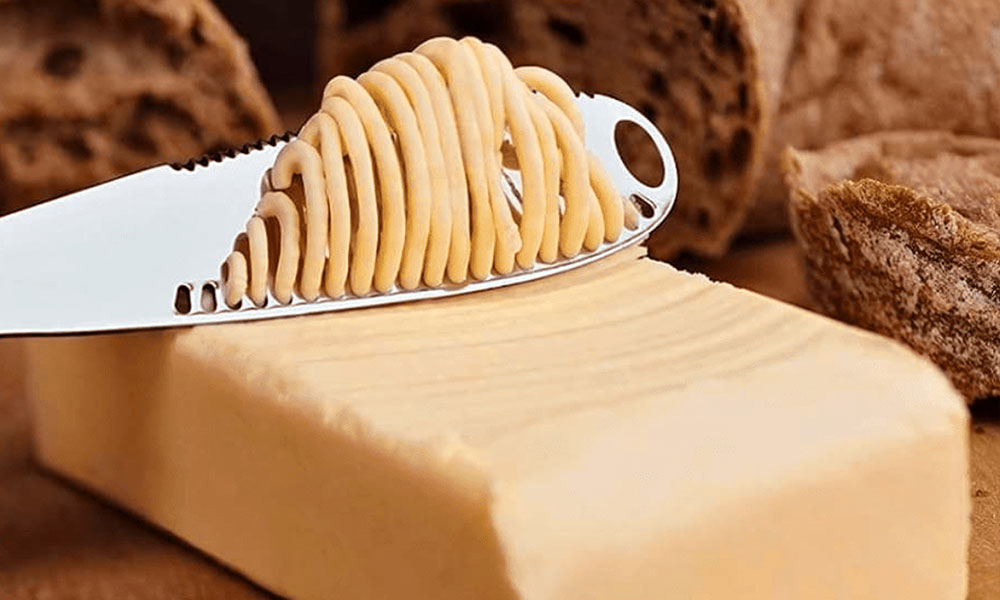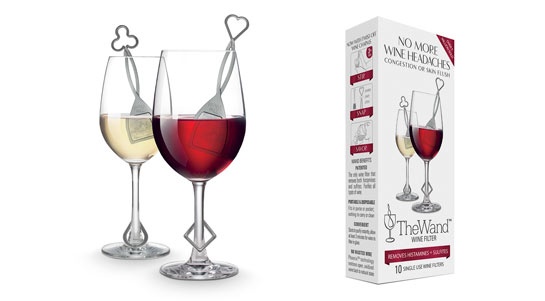Mondegreens

I found out some of my favorite song lyrics are not what I thought! Whaaaaaaaat!!!!!!!
If you are like me, occasionally you find yourself singin’ in the car (you know from my past blogs, me singing in the house or in public is forbidden) – so when I’m alone, I get to crank up the tunes and sing as loud as I want. My music is from all over the spectrum – (honestly, I enjoy singing Disney show tunes the best just ask my girls!). And if you’ve ever confused “Takin’ Care of Business” with “Makin’ Carrot Biscuits” or “Bennie and the Jets” with “Betty in a Dress,” you’ve been tricked by a mondegreen. This phenomenon occurs when a word or phrase “results from a mishearing of something said or sung.” We can thank American writer Sylvia Wright for the term, which she coined in a 1954 Harper’s essay. When Wright was a child, her mother read to her from the book Reliques of Ancient English Poetry. A favorite entry featured the line, “And laid him on the green,” which Wright misheard as “And Lady Mondegreen.” And the name stuck. So, here’s a bit about Mondegreens, and also the “backstories” behind some of the most famous lyrics we’ve enjoyed over the years. For a good laugh, be sure to click on the link below, and hear some mondegreen classics from comedian Peter Kay – he’s really funny!. Thanks to You Tube, Wikipedia, interestingfacts.com and Good Housekeeping for the info. Enjoy!
A mondegreen occurs when there’s a communication hiccup between the syllables you hear and the meaning your brain assigns to them. Mondegreens are especially common when you hear music but cannot see the singer’s face, like when listening to the radio, especially if the singer has an accent.
Although mondegreens are perhaps most famously associated with song lyrics, they can also happen when everyday words and phrases are misheard. Occasionally, a misconstrued phrase is so common that it enters our lexicon. Such was the case with “spitting image,” which originated as “spit and image” (“spit” once meant “a perfect likeness”), and “nickname,” which began life as “an ekename” (“also-name”).
The creation of mondegreens may be driven in part by cognitive dissonance, as the listener finds it psychologically uncomfortable to listen to a song and not make out the words. Experts suggest that mondegreens are the result of the brain’s constant attempts to make sense of the world by making assumptions to fill in the gaps when it cannot clearly determine what it is hearing.
Some of my favorites: “there’s a bathroom on the right” (CCR) “and there’s a wino down the road” (Led Zeppelin), and “there’s nothing that a hundred men on Mars could ever do”.(Toto).
Lyrics
Ever wonder where some song lyrics come from? I came across a fun article posted by interestingfacts.com about songs we’ve heard over and over, but never knew how the writers found the inspiration for the lyrics. These are fun, enjoy!

Aerosmith – Walk This Way – 1975
In late 1974, Aerosmith was messing around during the soundcheck at a show where they were opening for the Guess Who. They managed to land on the iconic guitar riff and drum beat that would eventually become “Walk This Way.” The lyrics, however, took a little longer. Steven Tyler would just scat nonsensical words — but then Mel Brooks came along. After seeing Brooks’ Young Frankenstein in early 1975, the band members were quoting lines from the movie at each other, including the part where Marty Feldman’s Igor tells Gene Wilder to “walk this way” and Wilder begins to imitate Igor’s hunched steps. Aerosmith’s producer heard the quote and suggested that it could make a great title for the song. Tyler worked his spontaneous scatting into lyrics, and a classic tune was born.

Elton John – Phildelphia Freedom – 1975
With lyrics like “From the day that I was born/I’ve waved the flag/Philadelphia freedom,” and because the song came out just a year before America’s bicentennial, it’s easy to assume that Elton John’s “Philadelphia Freedom” is about patriotism. In reality, it’s about tennis legend Billie Jean King. After becoming friends with King in the early ’70s, the British-born John told her that he wanted to write a song in her honor and came up with the idea to name it after her tennis team, The Philadelphia Freedoms. He debuted the rough cut of the song for King and her team during the 1974 playoffs; King immediately fell in love. “He said, during the part where he goes ‘Philadelphia’… ‘That’s you getting upset with an umpire.’ Walking up to the umpire … stomping: ‘PHIL. UH. DEL-phia.’ I was laughing so hard,” she said in an interview with eltonjohn.com.

Bonnie Tyler – Total Eclipse of the Heart – 1983
This epic ’80s ballad is certainly a heartbreaker, but the lyrics are just vague enough that it’s not entirely clear what the heartbreak is. In 2002, lyricist Jim Steinman — who was also responsible for Air Supply’s “Making Love Out of Nothing at All” (1983) and Meatloaf’s “I Would Do Anything For Love (But I Won’t Do That)” — came clean about the song’s origins. “I actually wrote [“Total Eclipse of the Heart”] to be a vampire love song. Its original title was ‘Vampires in Love’ because I was working on a musical of ‘Nosferatu,’ the other great vampire story. If anyone listens to the lyrics, they’re really like vampire lines. It’s all about the darkness, the power of darkness and love’s place in [the] dark.” Steinman revived the idea for a musical called Dance of the Vampires that opened on Broadway in December 2002, but despite starring the legendary Michael Crawford (of Phantom of the Opera fame), the brief, 56-performance show was a flop. Costing $600,000 per week to produce, and ultimately producing a loss of $12 million, the New York Times deemed Dance one of the most expensive Broadway flops of all time.

Neil Diamond – Sweet Caroline – 1969
The story of “Sweet Caroline” seems to be ever-evolving. For decades after the song first charted in 1969, no one knew who the mysterious Caroline was. Diamond revealed that the woman of the hour was Caroline Kennedy -he saw a picture of her riding a horse in a magazine. The song itself was about his then-wife, Marsha. Because the two syllables in her name didn’t fit the scheme of the song, the singer racked his brain for a three-syllable substitute that would roll off the tongue. He recalled the famous photo of the young Caroline Kennedy riding a horse, and that’s when he realized that her name (“Sweet Car-o-line” was so good, so good, so good. If you’ve ever been to an Ohio State football game, there’s nothing like 90,000 fans singing this classic at the top of their lungs.

The Beatles – Blackbird – 1968
The lyrics “Take these broken wings and learn to fly” have inspired many people from many different walks of life in the 50-plus years since Paul McCartney wrote “Blackbird.” But at a concert in 2016, he revealed that he had written the song with a very specific issue in mind: civil rights in the U.S. Although he has mentioned the connection several times over the decades, it was particularly poignant when he talked about his inspiration during a 2016 concert in Little Rock, Arkansas. “Way back in the Sixties, there was a lot of trouble going on over civil rights, particularly in Little Rock,” McCartney said. “We would notice this on the news back in England, so it’s a really important place for us, because to me, this is where civil rights started,” he told the “We would see what was going on and sympathize with the people going through those troubles, and it made me want to write a song that, if it ever got back to the people going through those troubles, it might just help them a little bit.
IF THIS HAS PEAKED YOUR INTEREST, VISIT THIS SITE and read about some more classics.
::::::::::::::::::::::::::::::::::::::::::::::::::::::::::::::::::::::::::::::::::::::::::
DO YOU LIKE CONTESTS?
Me, too.
As you may know the Kowalski Heat Treating logo finds its way
into the visuals of my Friday posts.
I. Love. My. Logo.
One week there could be three logos.
The next week there could be 15 logos.
And sometimes the logo is very small or just a partial logo showing.
But there are always logos in some of the pictures.
So, I challenge you, my beloved readers, to count them and send me a
quick email with the total number of logos in the Friday post.
On the following Tuesday I’ll pick a winner from the correct answers
and send that lucky person some great KHT swag.
So, start counting and good luck!
Oh, and the logos at the very top header don’t count.
Got it? Good. :-))))
Have fun!!
::::::::::::::::::::::::::::::::::::::::::::::::::::::::::::::::::::::::::::::::::::::::::



 Out of a can or home-made, soups really are mmm-mmm-good!! :))))
Out of a can or home-made, soups really are mmm-mmm-good!! :))))
































